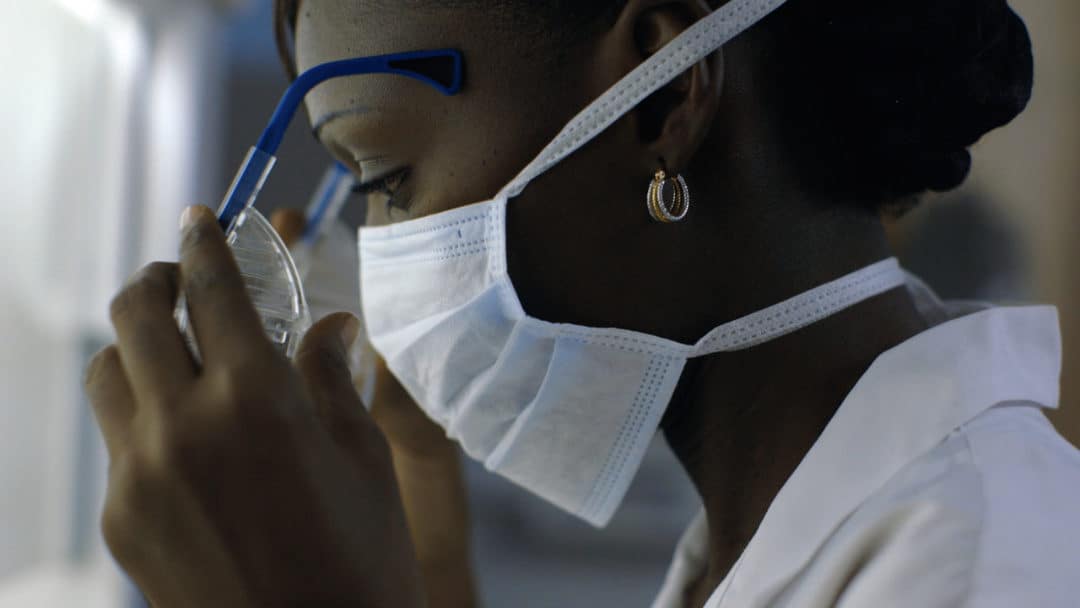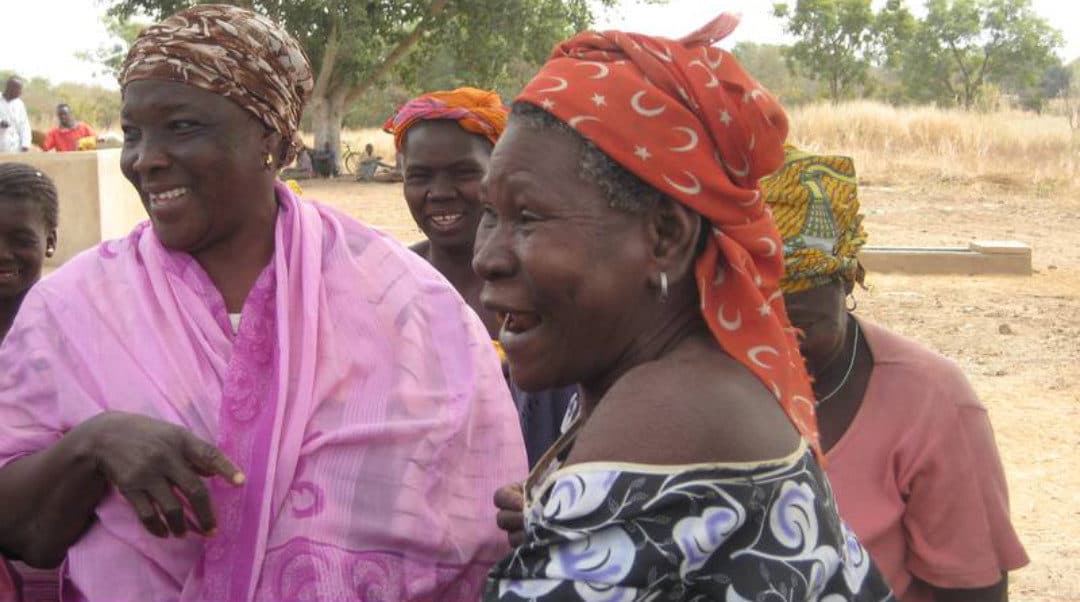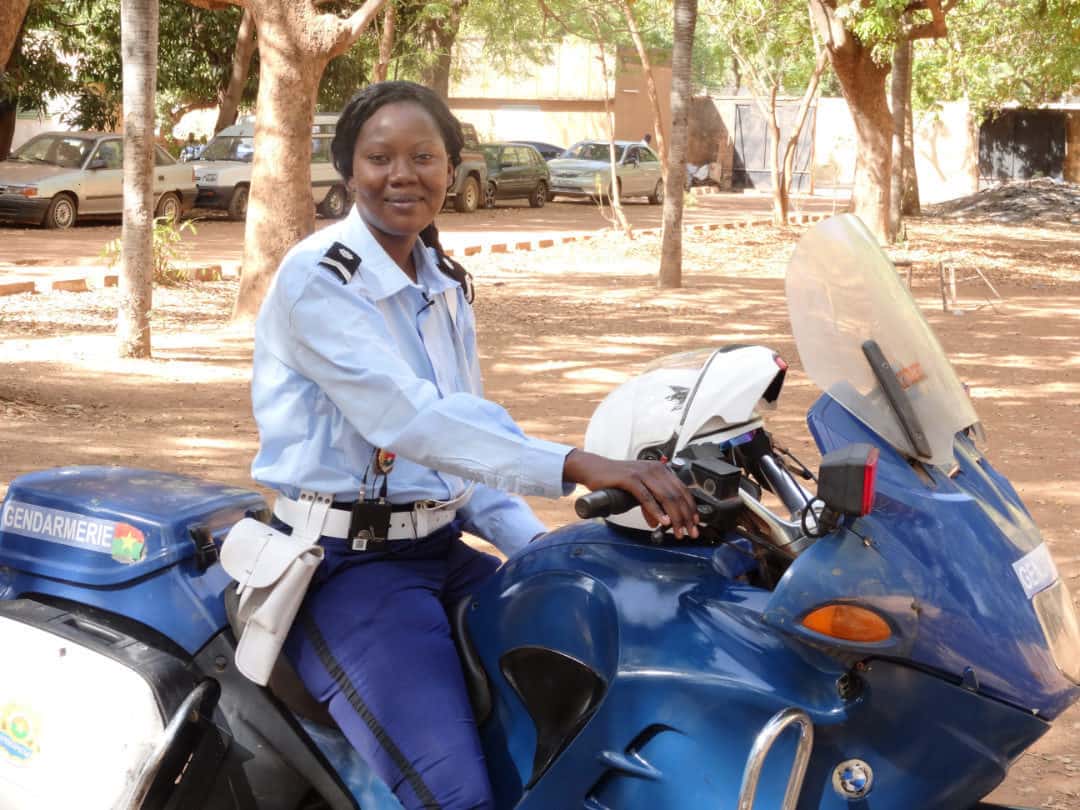Affirmative Action for Women in Various Areas
Affirmative action for women in various areas, from university access to politics to the military was applied by the Compaoré administration.
Minima quota of 30% for women in legislative and municipal elections was imposed by law. In 2007, the National Policy on security of land tenure in rural areas (PNSFMR) obliged local instances to implement a quota system on property land and to apply gender equality in their management of land tenure issues. The PNSFMR imposed that women are also represented in the monitoring and evaluation bodies of the local instances’ management and actions. The PNSFMR also gave birth to special positive action programs for women and youth.
The National Gender Policy, the blueprint of fundamental national policy, adopted in 2009, envisions a society stripped of all forms of inequality and human rights abuse.
Gender gap in primary education was about to be closed in 2013
Gender gap in secondary school diminished from 50 girls per 100 boys in 1990 to 80 girls per 100 boys in 2012, thanks to compulsory education until the age of 16, awareness campaigns to boost girls’ education and affirmative action. The gender gap in primary education was about to be closed in Burkina Faso in 2013: 99 girls per 100 boys.
BRIGHT, Burkina’s Program to boost education of girls through awareness campaigns and affirmative action, became Best Practices for Africa at the G8 Gleneagles Summit in 2005. School attendance by girls has jumped from 36% in 2001 to 81% in 2010.
Boosting women’s access to financing
Compaoré’s subsequent governments were engaged in facilitating women’s access to financing through different funds like FAARF, FAFPA, FASI, FAPE, FAIJ, FNPLS, FONER and FODEL with range of subsidies varying from $115 to $115,000 as well as through micro finance and partnering with commercial banks, in order to uplift these female informal activities so that they become part of the formal sector.
In 2009, nearly 40% of all poor women already benefited from FAARF, the government fund that supports since 1990 income generating activities for women
Since 2012, a special program was put into place for job creation for girls. This program has received great interest. In 2013, one thousand female groups benefited from this program offered by the Compaoré administration compared to 273 groups in 2012. And, 2,300 female groups learned agricultural production technologies and handling processing equipment by 2014.
In 2013, from the 51,580 companies registered in Burkina, only 9% or 4,527 were registered companies owned by women. But, approved business plans could benefit from concessional government loans applying positive discrimination at an interest rate of 3.5% for women compared to 4% for men.
Various professions opened up for women and … for men
In 2009, there was a nearly equal repartition regarding job nature: 14.4% of women had a permanent job compared to 16% of men, 83.1% of women were doing season work compared to 80.9% of men. And, no gender gap in savings: in 2009, proportion of women to set money aside and have savings is 32% compared to 34.3% for men.
In many countries, the profession of midwife seems reserved for women. However, in Burkina this was not stopping some people from turning traditions on their head. And they even came from neighboring countries. In Senegal for example, men are refused midwife training, so they came to Burkina Faso to study and work.
More and more women were merging in the male-dominated world of the army, auto mechanics, master plumbers, drivers, electricians, bricklayers or stonemasons.


